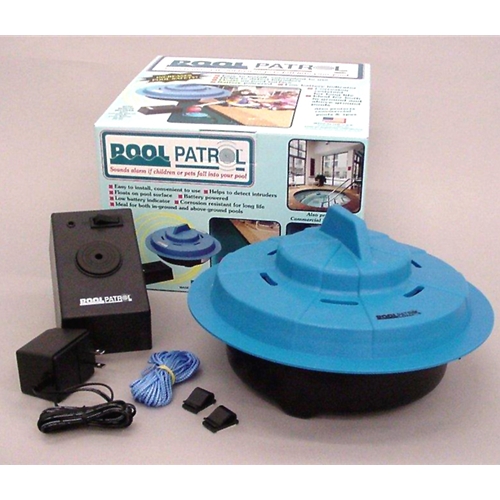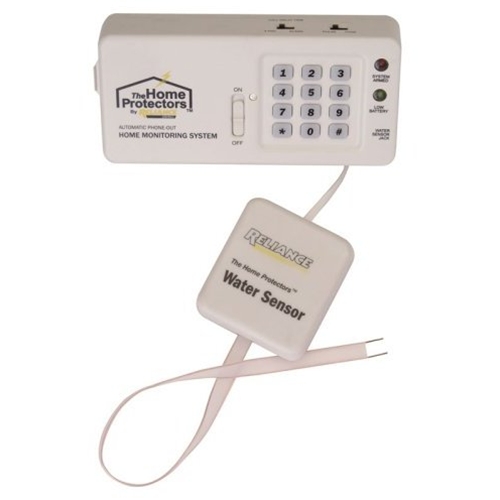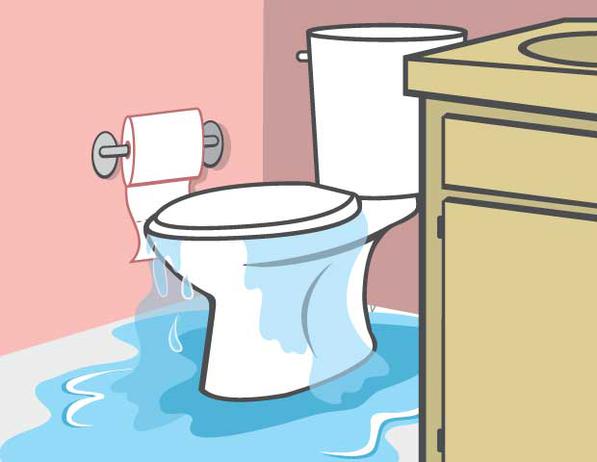Early spring is a good time to check your home for normal wear-and-tear and to look around for damage caused by the harsh winter. Here’s a checklist of home maintenance items that can be reviewed in a weekend. If you discover any problems, it’s a good idea to take care of repairs now before they become big ticket items.
1. Check Roof and Gutters
Interior water damage often originates at the top of the house on the roof, so grab a ladder and check your roof for missing or broken shingles. While you are up there, inspect flashings and joints around chimneys and skylights. Bring a bucket with you to scoop out leaves and branches that are clogging gutters and valleys and finish by flushing gutters and downspouts with a garden hose.
2. Inspect Attic for Leaks and Water Stains
Not all roofing problems are visible from the outside, so go in your attic and inspect the underside of the roof and rafters for leaks or water stains. If you see evidence of leakage, wet that section of the roof with a garden hose and check the attic again for drips. To monitor a suspect area in the attic, setup a water sensor alarm that will alert you of new leaks. DIY-ers may be able to handle simple roofing repairs with caulking or by replacing a few shingles, however, consider calling a professional roofer if you need to replace the entire roof.
3. Examine Siding, Trim and Decking
Over time, painted and finished wood becomes weathered and worn and can suffer from water damage. Take a walk around the house and examine all of the woodwork for peeling paint, moisture buildup and wood rot. Replace rotting wood and repaint or stain as necessary.
4. Check Basement for Water
Spring thaws are a major cause of basement flooding, along with poor lot drainage, blocked gutters, clogged downspouts, and cracks in the basement floor and walls. Inspect your basement for signs of dampness and make repairs immediately to avoid future problems. If your basement is prone to flooding, it should be equipped with a sump pump to draw water out of the basement and pump it far away from the foundation. A water alarm and flood sensor will alert you via an audible siren and/or a phone call of water in the basement before extensive damage is done.
5. Seal Doors and Windows
Do a visual inspection of all windows and doors. Look for air leaks around doors and windows and for places where caulking has become brittle or loose. Also check for cracked windows and torn screens. Recaulk joints, replace broken windows, and repair ripped screens.
6. Service Air Conditioner (A/C)
Spring is the best time to service your air conditioner, before the first heat wave strikes. If your home has window A/C units, clean the filters and coils of dust and debris to ensure optimal performance. Central A/C systems should be inspected by an HVAC professional before the cooling season begins; however, there are regular maintenance tasks that DIY-ers can perform themselves, including changing filters and cleaning the condenser and evaporator. To save on cooling costs, replace your old thermostat with a programmable thermostat that will automatically raise the air conditioning temperature when the family is out of the house or sleeping.
 7. Prepare for Pool Opening
7. Prepare for Pool Opening
For do-it-yourself tips on opening a pool, go to “Pool Opening Tips for a Clean, Safe Swimming Pool.”  If the job is too big to do yourself, call a local pool service company early in the spring to get on their schedule.
Be sure to check with state and local governments to ensure that your pool and spa complies the latest pool safety codes (such as the 2007 Virginia Graeme Baker Pool and Spa Safety Act). Most towns require a four-foot+ tall fence with a self-closing gate and some municipalities also require a pool gate alarm as an additional layer of protection. Â For triple protection, safety guidelines recommend using both a pool gate alarm and a pool alarm to protect children who succeed in getting past the gate alarm.
With temperatures rising and daylight saving time returning, now is a good time to get started with this Spring Home Maintenance Checklist…and begin planning your Memorial Day barbecue!





Home Maintenance Tracker
Good checklist. Spring is also a good time to check the sump pump before the rains and melting snow create any flooding. The back-up battery voltage should be tested and the sump cleared of debris. Test the system by dumping water into the sump and seeing if it turns on.
admin
Good advice about making sure your sump pump is working properly before the spring thaws arrive. It’s also a good idea to have some kind of backup plan in case your primary sump pump unit fails or if there’s a power outage. Consider getting either a battery backup to your primary unit, a secondary battery-powered backup sump pump, or a standby emergency generator that will turn on automatically.
Air Conditioning Repair
What a great list! I am printing to hang on my fridge to use every year.